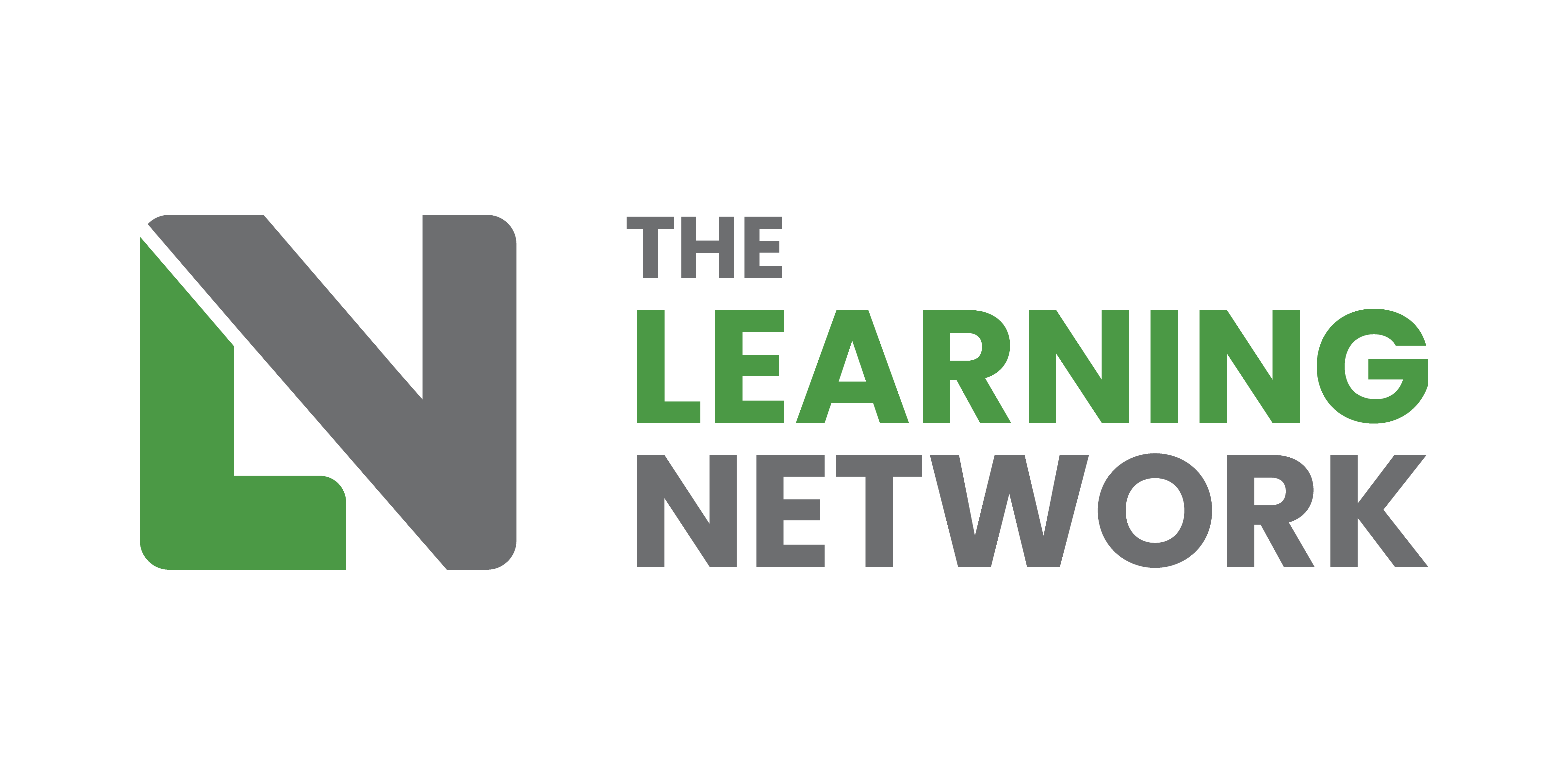You may be aware of Learning Styles and their well-argued and increasingly publicised demise. So did they ever have merit, or should we ignore them?
Learning Styles claims
Learning Styles state that learners have different modes of learning and their learning retention will be improved if they study in their preferred learning mode or style. The proposition of “modes of learning” can be identified as ‘impulsive vs. reflective’, ‘linear vs. holistic’, ‘reasoning vs. insight’, and ‘visual vs. verbal’ and beyond.
These claims are not new; in 1944 the Myers-Briggs Type Indicator (MBTI) was published, based on work by Carl Jung, mandating on four basic psychological functions: ‘Extraversion vs. introversion’, ‘Sensation vs. intuition’, ‘Thinking vs. feeling’ and ‘Judging vs. perceiving’. MBTI was a self-completed questionnaire that aimed to identify differences in psychological perspectives and decision-making. Whilst seemingly useful, MBTI produces a view to psychology that is rarely replicated within real life.
From 1985 to 1996, Kolb developed the Learning Style Inventory (LSI) to allow students to ‘discover their learning style’. During this time in 1992, Fleming categorised learners as ‘visual’, ‘auditory’, ‘reading/writing’, and ‘kinaesthetic’ within his VARK Learning Style Questionnaire. Learners self-identified with a particular style, and learning content was adapted as a result.
Whilst it is important for learners and education providers to understand how people learn, can the ‘auditory’ learner learn geography through hearing it, or a ‘visual’ learner become better at music by seeing it? If these subjects were taught against their self-identified preferred Learning Style, would the results be less effective?
The Nobel prize winner for 2000, Eric R. Kandel, discovered through scientific research that involved studying a marine snail that the brain’s memories are programmed by nerve cells. As the snail learned, chemical signals changed the structure of the connections between cells – synapses – where signals are sent and received. This is how all animals, including humans, learn.
In further studies, from 2006 onwards, Kratzig and Arbuthnot asked participants to self-identify and complete a Learning Styles questionnaire. Fewer than 50% of the participants identified the same Learning Style using both assessments. Consequently, no significant correlation between Learning Style and objective memory performance was demonstrated.
Differences in ability
I would think that we all agree that people differ in ability, so would advocate that we should treat learners as individuals, planning for the differences affecting their performance. Some learners may have a specific disability, such as blindness, deafness or dyslexia. We should also consider that learners differ in their background knowledge, and that those differences influence their learning. However, these learners may not benefit from the application of Learning Styles: a learner who is visually impaired surely couldn’t be categorised as a visual learner.
Regardless of delivery method, a key aspect to learning is retrieval of content from memory. Learners can benefit from varying methods for memory retrieval, from simple multiple-choice quizzes to drag and drop, image recall, sequential process mapping, gap fills, and sentence completion. These are all valid methods and improve their ability to learn.
In a previous L&D role lead for a US Insurance multinational, I designed and delivered the induction sessions. Over the following 4 years, I had first-hand experience of learners confronting their abilities to learn. Many advocated that they had preferential styles. I used a variety of techniques: clean feedback loops, peer groups working in safe practice through closed door peer feedback and informal formative assessments; the learners successfully passed their inductions. The methods of learning varied, not because I used a specific Learning Style, but because I was able to assess their learning ability and adjust accordingly.
In summary
So, to clarify, Learning Styles are not valid as a theory of instruction – they are a hypothesis of how the ‘mind’ works. Interestingly it seems that neither Kolb, Jung or the inventors of ‘Implicit Bias’ theory ever intended their theories to become training or analytical tools.
As learning professionals we should always critically analyse the providence of a theory, and its timely application, to consider whether it is still relevant today. In doing so, we can present the most appropriate information to our clients, ensuring that content is created with consideration of a learner’s level of prior knowledge, ability and interests.
The important points I’d ask you to remember are:
- Design and learning specialists should take into account the differences in learners’ abilities.
- Tailor a lesson/session/module to a particular group of learners, taking into consideration their level of prior knowledge.
- Factors such as ability, prior knowledge, interest vary from person to person and clearly impact learning.
- Learners differ in their abilities, interests, and prior knowledge, and learners may confuse this with a ‘Learning Style’.
- Empirical evidence indicates that catering to those participants’ abilities, interests, and prior knowledge, will lead to improved acquisition, engagement and performance.
The Learning Styles debate is definitely a hot topic. To find out more, or to join the debate, visit the eLearning Network group on LinkedIn.
The views in this article are my own opinion and do not represent those of the eLN.



